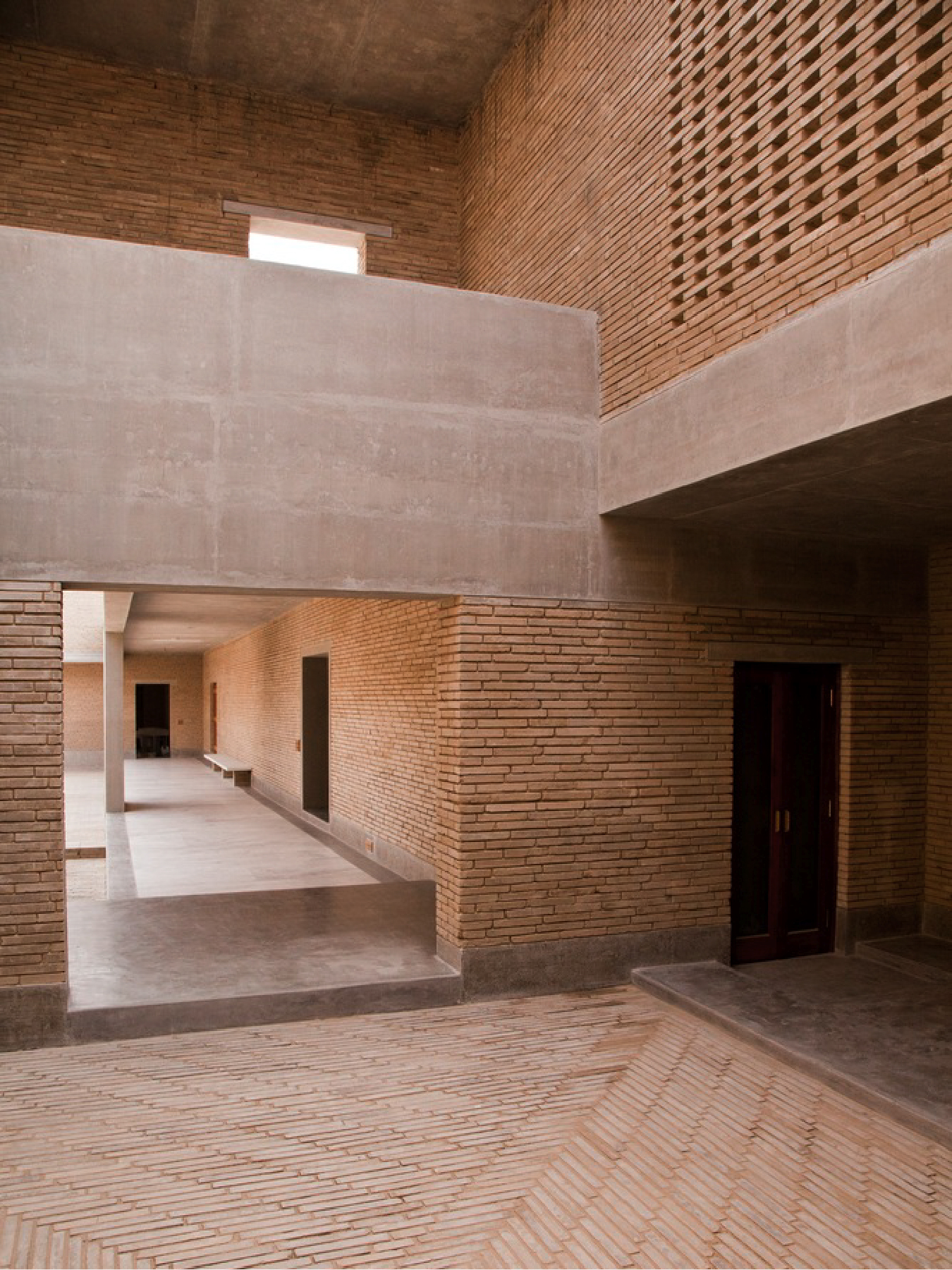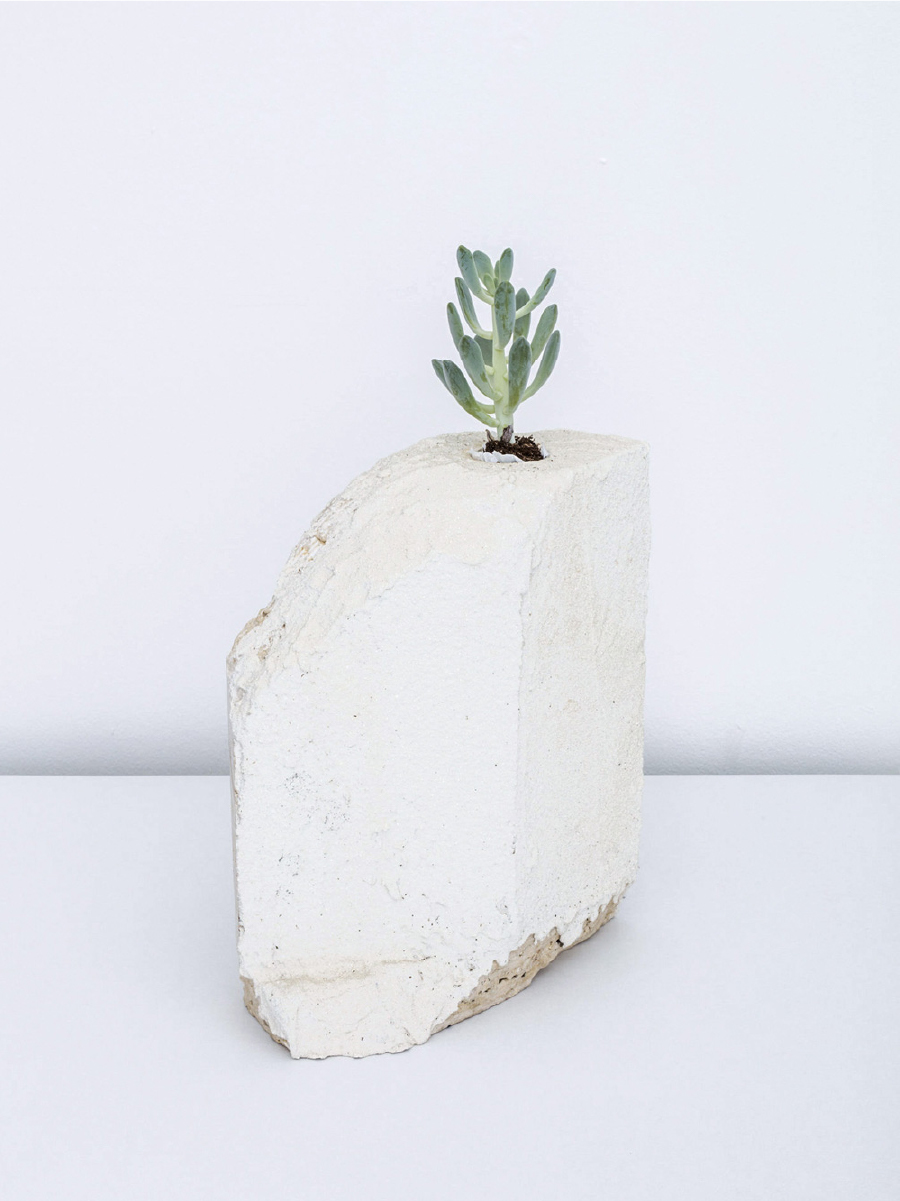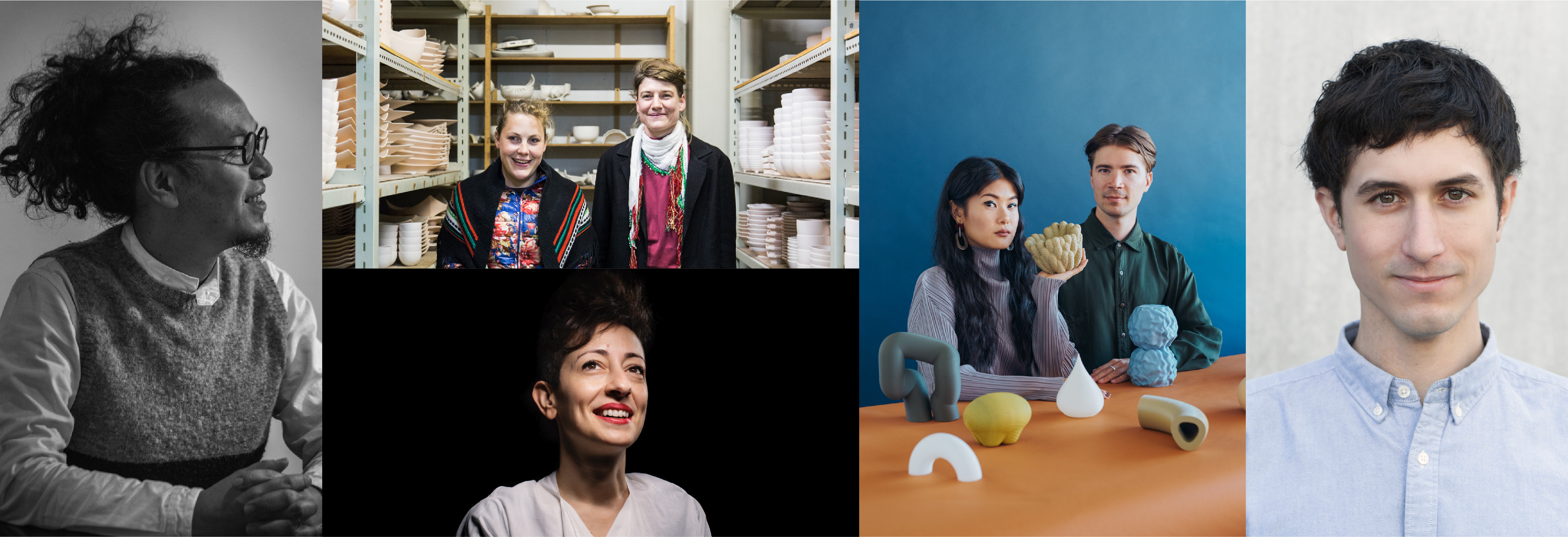MINO SOIL
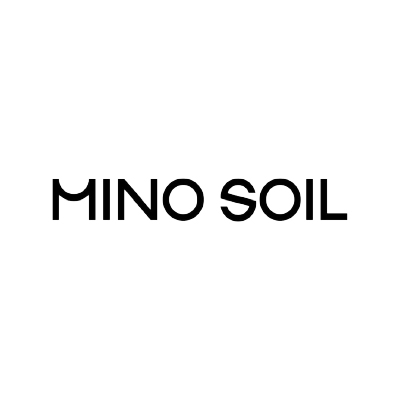
Story
Gifu Prefecture's Mino region is renowned as one of Japan's most important centers for ceramics production. What sets it apart is the exceptionally broad range it covers, from traditional Mino ware art pieces to everyday tableware, as well as tiles and fine ceramics used in architecture and infrastructure. At the heart of these industries' development lies the exceptional quality of the clay found in Mino.
MINO SOIL is a brand that showcases the potential of Mino clay through design. Using local clay, local artisans create interior products that cater to a wide range of needs, from home use to commercial and public spaces. Products with timeless charm and beauty will connect Mino’s artisans with the world and shift perceptions of soil. To achieve this, we will internalize the value of resources, collaborate with designers who have a clear vision, and develop innovative approaches to product creation. We will also address environmental challenges, including the development of technologies for recycling materials. This is a new initiative that connects the earth's gift, soil, with a sustainable lifestyle.
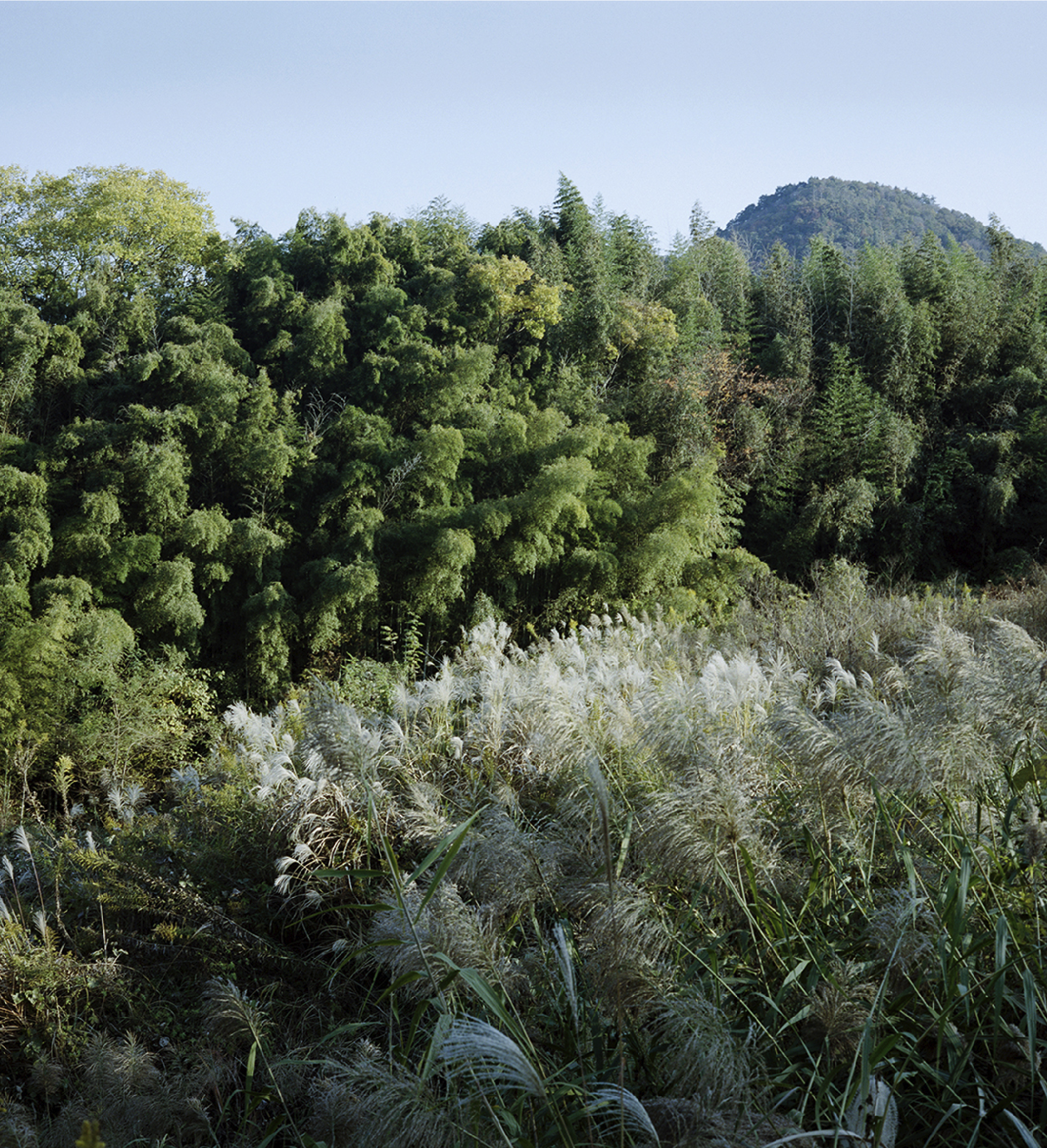
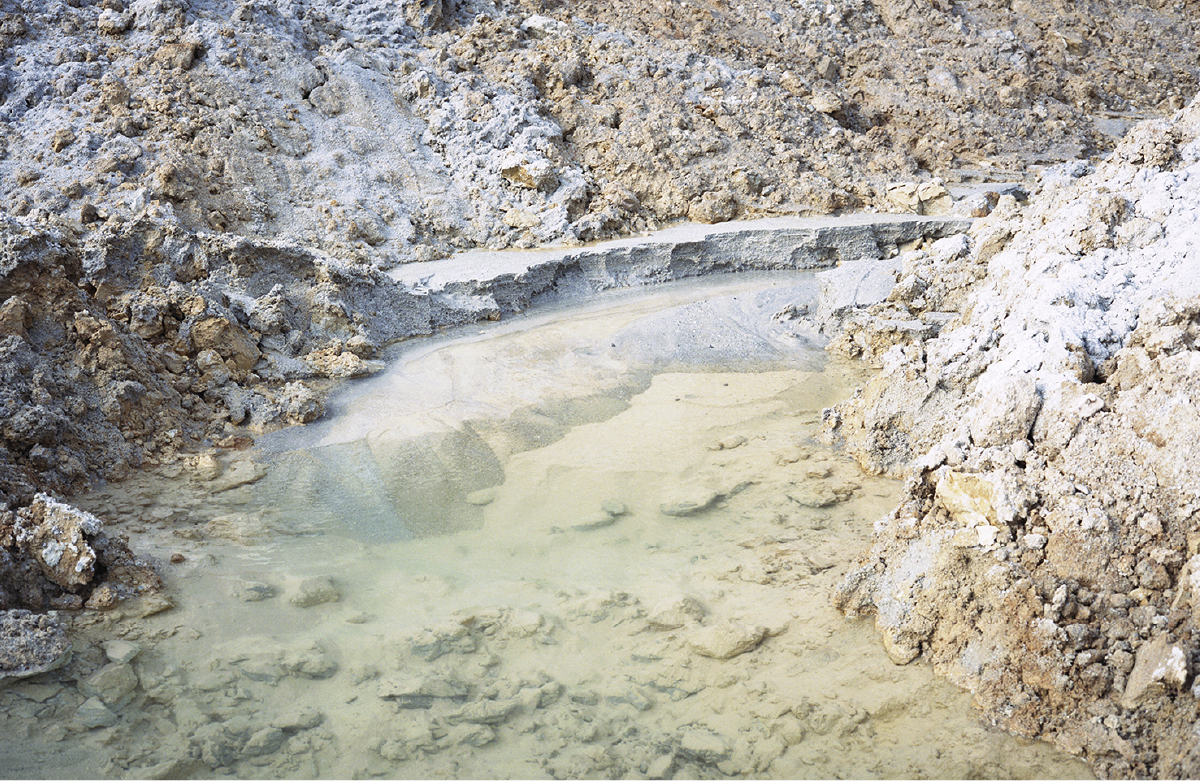
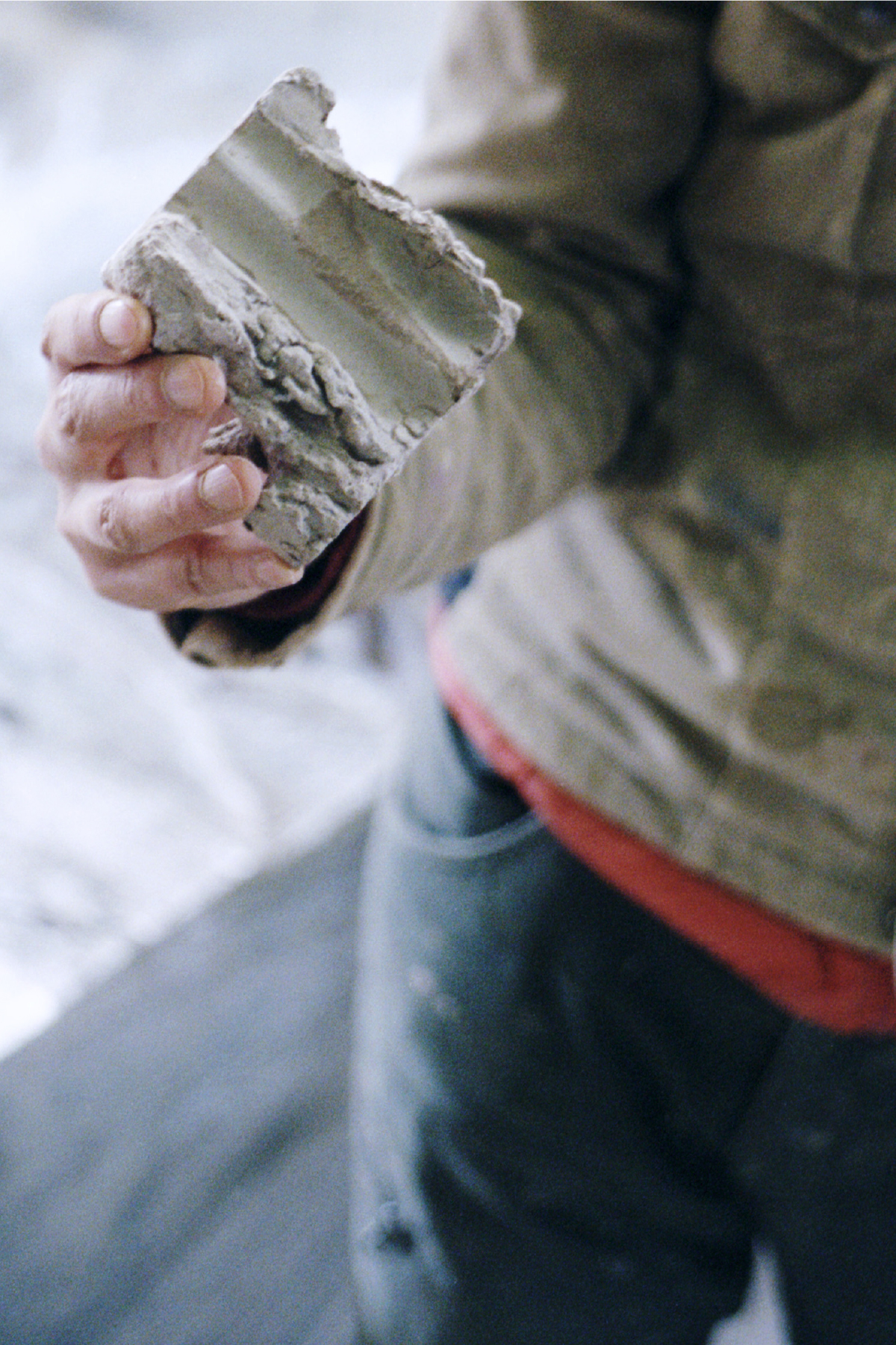
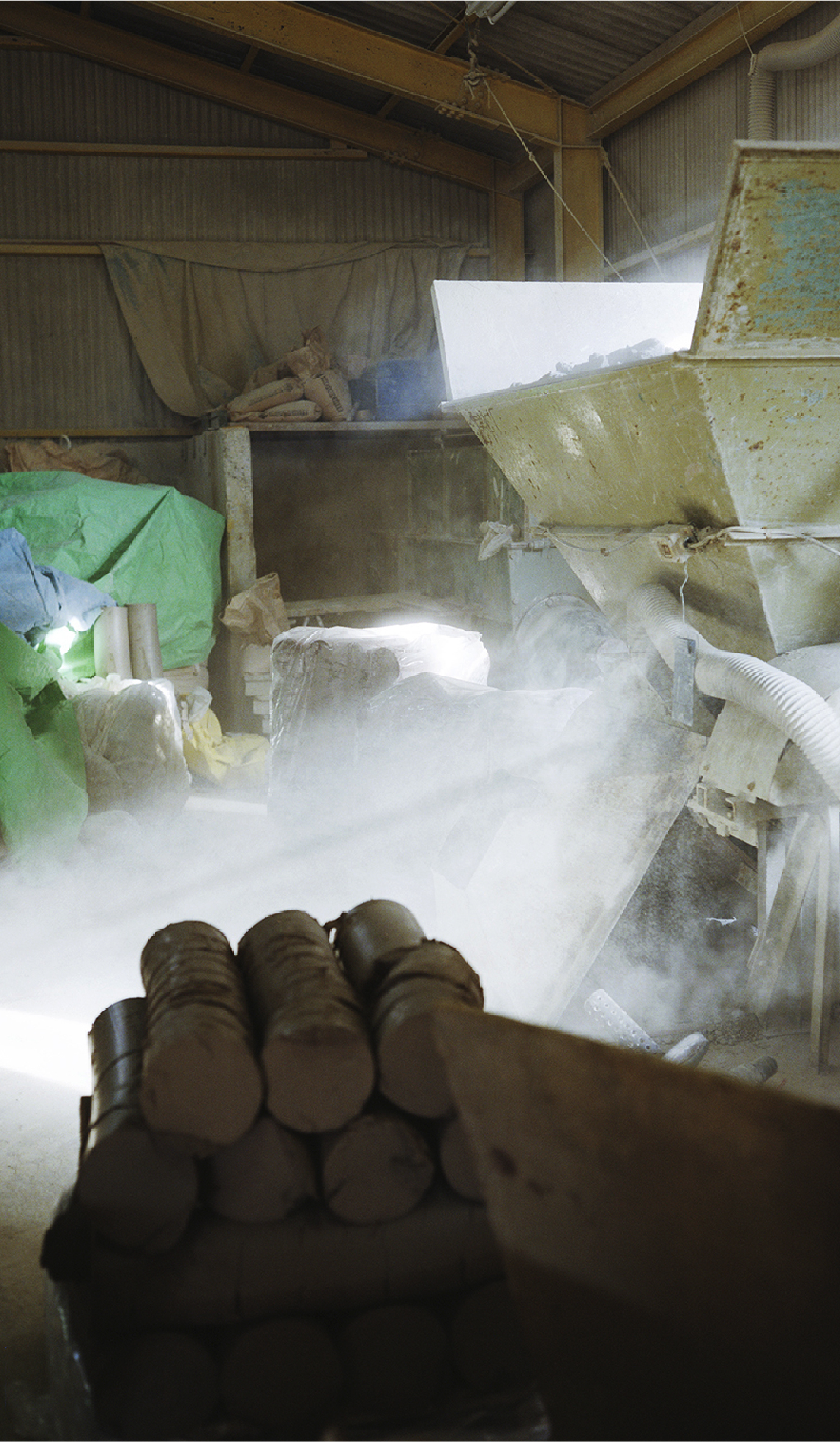
Rich Mino materials and techniques to pass on to future generations
Around 2 to 5 million years ago, the Mino region in Gifu Prefecture was at the bottom of a massive lake called Lake Tokai. Components of weathered granite and other minerals from the surrounding areas flowed into the lake, where they formed clay. Over a long period of time, these clay layers accumulated and matured at the lake's bottom. The diverse and fertile soil that emerged near the surface due to subsequent land uplift, combined with the rich natural environment of forests and water systems, provides the foundation for Mino craftsmanship.
MINO SOIL begins with clay sourced from quarries in the Mino region, which is known for its rich variety. Among the most representative types are Kibushi clay, Gairome clay, and Mogusa clay. Kibushi clay is a finely textured material with high plasticity, characterized by its grayish color and the presence of silicified wood (fossilized ancient trees). Gairome clay is a high-quality white clay, with slightly larger particles than Kibushi clay and containing quartz grains. Mogusa clay is a type of clay traditionally used in historic Mino ware, such as Shino ware, and has a distinctive, rustic character.
The expertise in precisely blending the components of these soils to create the ideal clay for each application has also been highly developed in this region. By unlocking the potential of raw materials through creativity and ingenuity, MINO SOIL preserves techniques that have been honed over 1,300 years to establish one of the world's most renowned ceramic cultures.
Collaboration that connects with the world
MINO SOIL is sharing the excellence of Mino tiles, which embody the craftsmanship and natural blessings of the region, with the world. Since 2021, it has been collaborating with many artists to create new value.
As part of an effort to rethink traditional pottery-making methods, MINO SOIL draws inspiration from the semi-industrial (semi-finished) production techniques used by Italian designer Enzo Mari in the 1970s.
Under the designer's guidance, this method involves combining parts produced by machines without the use of molds or a potter's wheel. While this process contrasts with the traditional pottery-making methods of the Mino region, certain industrial sectors still maintain a historical connection between 'low-tech' know-how and creativity.
Seven designers are involved in this project: Lina Ghotmeh, Shigeki Fujishiro, Kueng Caputo, and Jo Nagasaka explore alternative industrial production methods, while Kaneri Tōryō Co., Ltd., a company based in Mino and an expert in Mino clay, contributes its expertise. Dimitri Bähler and Wang & Söderström are creating works using traditional production techniques.
